Tips plus recipe ideas for how to stay safe with food allergies
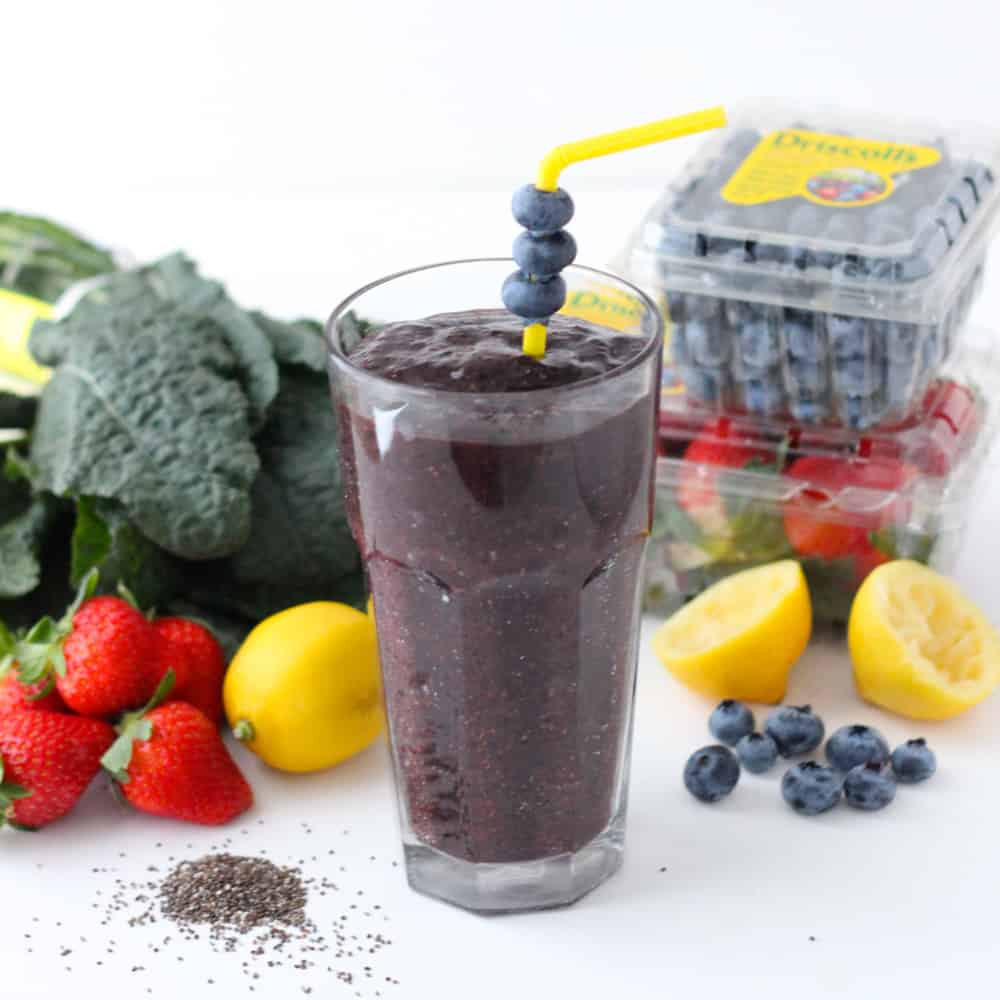
Hi Friends! This week is Food Allergy Awareness Week, which is a topic near and dear to my heart because my favorite almost-6-year-old has a few food allergies.
Did you know that almost 15 million Americans have food allergies? Yeah... that's a lot, so you likely know someone that has a food allergy.
A lot of people don't realize how much impact a food allergy has on your life until either you or someone you love has one.
*The best thing to do is to be educated about food allergies, be prepared, and have a plan.*
What is a food allergy? A food allergy is an immune system response to a food that the body mistakenly believes is harmful. There is no cure for food allergies, and the only way to prevent an allergic reaction is to avoid the food.
What is not a food allergy? A food allergy is not an intolerance. An intolerance involves the digestive system while an allergy involves the immune system. A food allergy is also not a food preference {like vegetarian or kosher} or Celiac Disease {Celiac Disease is a NON-IgE mediated food allergy}
What are the most common food allergies? The top eight foods people are allergic to are peanuts, tree nuts, shellfish, eggs, milk, fish, soy, and wheat.
What if you don't have a food allergy but know someone who does? Be aware. This person isn't looking for your pity party; they are looking for you to honor that this food can cause severe problems and potentially be fatal if they are exposed to it. If serving them food, make sure to avoid any cross contamination with that food.
[clickToTweet tweet="Be aware of food allergies and signs/symptoms of reactions" quote="Be aware of food allergies and signs/symptoms of reactions"]
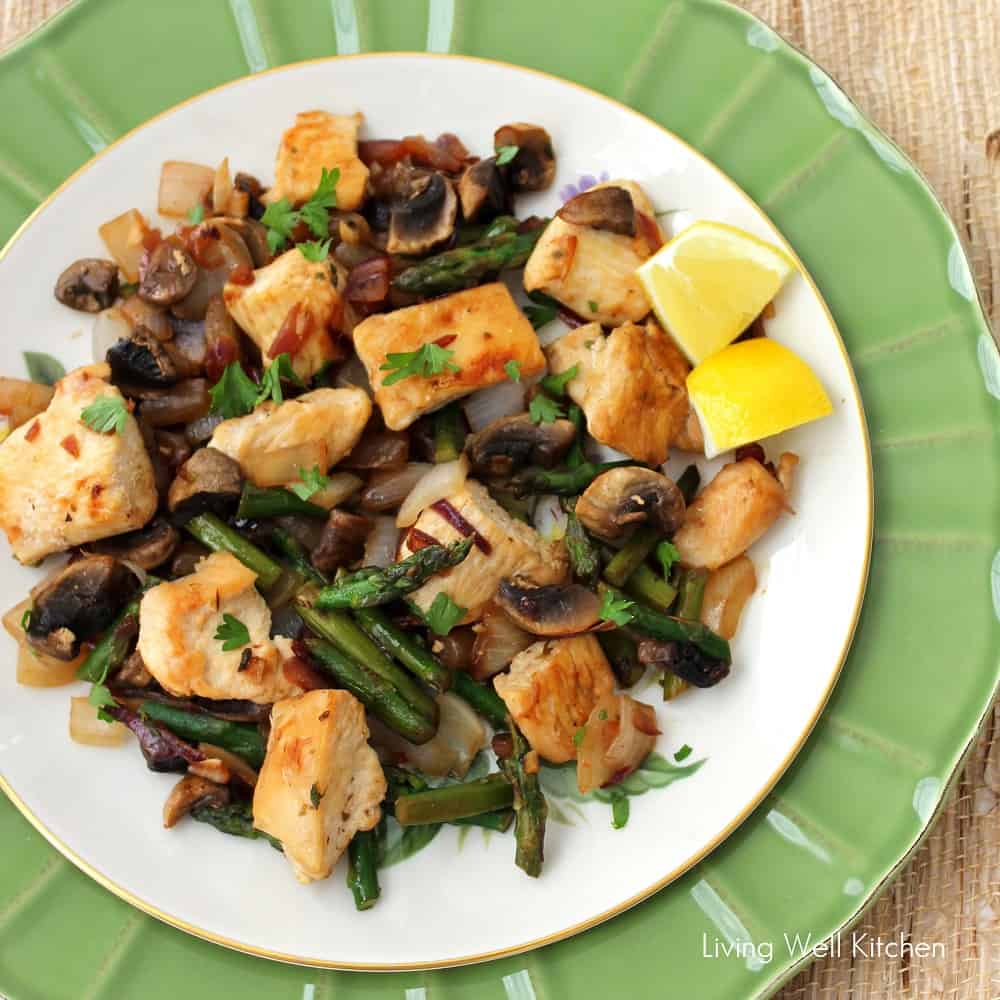
What are symptoms of a reaction? It's important to know that a reaction doesn't have to come from ingesting the food. It can be from contact with the food, touching a surface that the food has previously been on, touching someone that has eaten the food, basically any contact, direct or indirect, with a food can cause a reaction. The most severe reaction is anaphylaxis.
Symptoms of anaphylaxis include:
*Mouth: itching, swelling of lips and/or tongue
*Throat: itching, tightness/closure, hoarseness
*Skin: itching, hives, redness, swelling
*Gut: vomiting, diarrhea, cramps
*Lung: shortness of breath, cough, wheeze
*Heart: weak pulse, dizziness, passing out
Mild symptoms may include one or more of the following:
-Hives (reddish, swollen, itchy areas on the skin)
-Eczema (a persistent dry, itchy rash)
-Redness of the skin or around the eyes
-Itchy mouth or ear canal
-Nausea or vomiting
-Diarrhea
-Stomach pain
-Nasal congestion or a runny nose
-Sneezing
-Slight, dry cough
-Odd taste in mouth
-Uterine contractions
Severe symptoms may include one or more of the following:
-Obstructive swelling of the lips, tongue, and/or throat
-Trouble swallowing
-Shortness of breath or wheezing
-Turning blue
-Drop in blood pressure (feeling faint, confused, weak, passing out)
-Loss of consciousness
-Chest pain
-A weak or 'thread' pulse
-Sense of 'impending doom'
Severe symptoms, alone or in combination with milder symptoms, may be signs of anaphylaxis and require immediate treatment.
What do you do if someone is having a reaction? First things first: If you or someone you know is having a suspected or active food allergy reaction, administer epinephrine immediately!!
That's the number one thing to do - even before you call 9-1-1. Give them epinephrine right when you notice signs and symptoms. Do this before you do anything else. Give the epinephrine immediately. Then call 9-1-1 and then call their emergency contact.
IMPORTANT: Asthma inhalers and/or antihistamines cannot be depended on in anaphylaxis! DO NOT HESITATE TO GIVE EPINEPHRINE!
Here's a quick video about food allergies:
What can you eat if you have a food allergy? You can eat anything that doesn't have the offending allergen in it, including any possible cross-contamination.
I have a section on my blog for recipes that are free of certain allergies. I have tagged all the recipes that are gluten free, egg free, dairy free, nut free, and soy free.
Make sure that you double check the ingredients, and remember to always read labels and check that the offending allergen is not in your food. Not every package has a list of allergens included in the food, so make sure to check over the entire ingredients list.
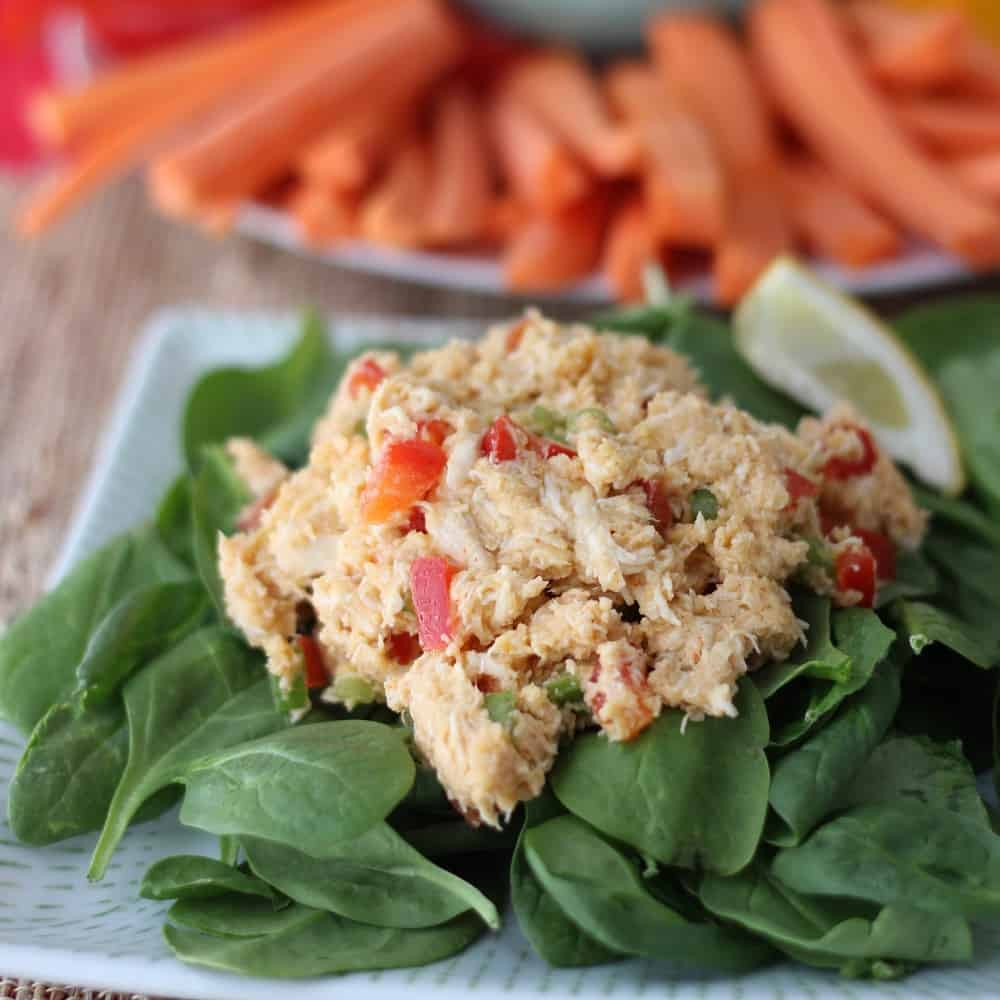
The Food Allergy and Research Education website is an invaluable resource for educating yourself and learning more about food allergies. It has tons and tons of resources that you can use to help educate yourself, educate others, and keep yourself {or a family member} safe from a food allergy.
Information from FAACT - Food Allergy Awareness Contact Team and The Food Allergy and Research Education websites
Note: All the pictures included in this post are free of all eight common allergens 🙂
Meme


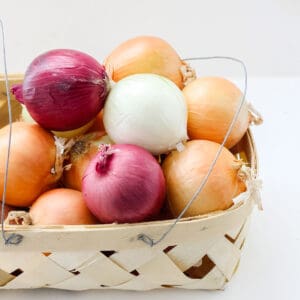
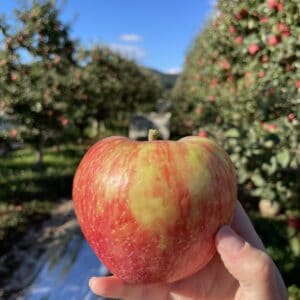

Leave a Reply